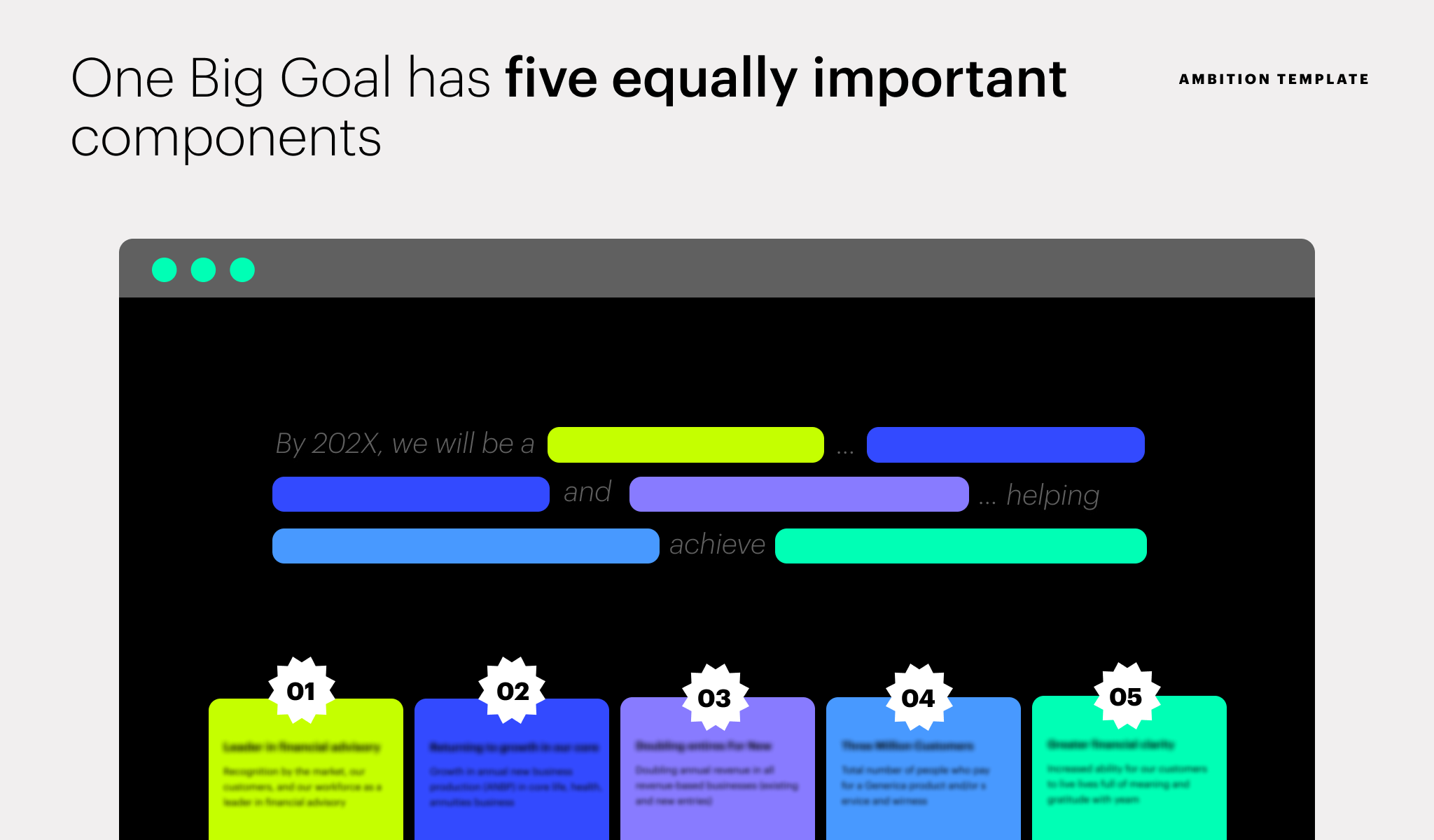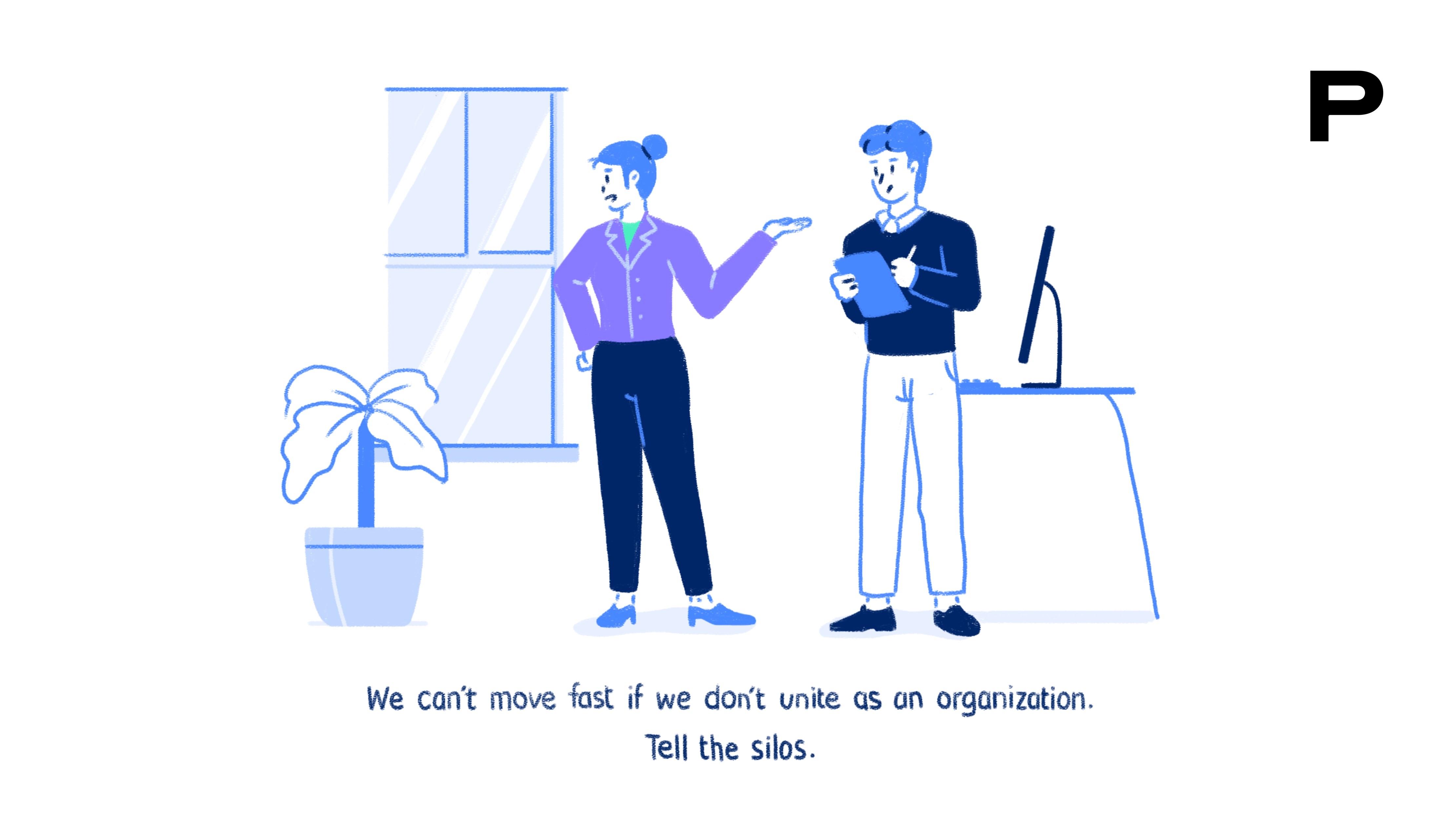2024 was another year in which brands surprised, delighted, shocked and disappointed us. From major tech players making headlines to beloved brands stumbling, it’s been another year that shaped the landscape of business and culture. Whether it was Nvidia becoming synonymous with AI, Apple’s new AirPods destigmatizing hearing aids, Logan Paul bringing down Mike Tyson and Netflix simultaneously, or Coca-Cola ending the year mired in greenwashing and AI controversies, 2024 was a year to remember.
This year may have officially marked the beginning of the end for some “legacy” brands, with Red Lobster, Bed Bath & Beyond, TGI Fridays and Spirit Airlines all operating under Chapter 11, facing massive downsizing and losing brand relevancy by the day. Many would argue that it’s time Ticketmaster joined them. The platform found new ways to alienate consumers with the fallout from Taylor Swift’s Eras Tour debacle and, more alarmingly, the silence surrounding a massive data breach affecting 560 million users. In fact, 2024 was the year data breaches became chillingly routine, with companies like Disney, The BBC, Microsoft and Dell scrambling to contain damage to both their systems and reputations. Even trusted institutions like Columbia, Harvard and The Washington Post faced PR crises, proving no brand is untouchable.
Elsewhere, collaborations and comebacks stole the spotlight. Crocs teamed up with Post Malone, UGG strutted down Fashion Week runways and Birkenstock joined forces with Gucci, sparking speculation: are dad Merrells next? Abercrombie & Fitch transformed into a leading fashion and stock icon, while Victoria’s Secret tried to recapture relevance with #bodypositivity, and Gap saw its Met Gala denim moment revive buzz. On the M&A front, UBS emerged victorious with its Credit Suisse acquisition and equally successful “Banking is our craft” positioning strategy, deployed globally, featuring Lewis Hamilton, June Ambrose and a very cool horologist experiential event.
2024 also saw Ozempic continue to be the king of weight loss (really type 2 diabetes), while Wegovy, Trulicity and Tremfaya all caught fire tied to their relentless advertising, memorable jingles and bottomless pharma ad budgets. Volkswagen tugged at heartstrings by relaunching its nostalgic electric minivan, while Jaguar misfired with a rebrand that had critics questioning its future. And Mattel? After its Barbie triumph last year, it stumbled spectacularly with the “Wicked Dolls” packaging debacle, accidentally directing kids to a pornography site.
Even giants like Apple weren’t immune to missteps. Its ill-conceived iPad Pro Crush campaign—which featured creative tools crushed under an industrial press—backfired spectacularly, alienating artists, creators and loyal fans alike before being swiftly pulled with a public apology.
Women’s sports had a banner year, with the Olympics, WNBA and NWSL driving momentum for female athletes and edging closer to long overdue equality. Let’s hope 2024 is remembered as the year the tides truly began to turn.
When it comes to 2024, I must ask: where wasn’t Snoop? Why can’t every day be Charli XCX’s Brat Summer? Did Taylor Swift really just save Target from becoming a potential takeover target? Can Michael Cera help all brands like he did with CeraVe’s Super Bowl triumph? Did you know that Liquid Death, the audacious “water in a can” startup, is now worth $1.4B? Will we be talking about how Bluesky became the social media platform that supplanted X and Threads? Will Glicked be as popular and award-worthy as Barbenheimer?
And on a lighter note, will there ever be a feel-good reality season like we just saw on the Golden Bachelorette? No wonder the entire cast of Vanderpump Rules was dumped for new cast members. Bravo, Bravo!
With all of that being said, I once again turned to my Prophet colleagues from around the globe to get their take on 2024’s biggest brand winners and losers, and there was very little debate on which rose to the top and which sunk to the bottom. Without further ado, here are our takes on the 2024 brand winners and losers.
2024 Brand Winners
Nvidia
Nvidia solidified its dominance as a tech powerhouse, driving innovation across industries. Its graphics processing units (GPUs) remained the backbone of AI and machine learning, powering advancements in generative AI and data center growth fueled by demand for cloud computing. In gaming, Nvidia set the standard with high-performance GPUs, while its DRIVE platform gained traction in autonomous vehicle development. Strategic partnerships with top tech firms and research institutions expanded its influence, and a stellar stock performance reflected investor confidence. Balancing innovation with responsibility, Nvidia also advanced sustainability initiatives, reinforcing its role as a leader in tech and beyond.
Bitcoin
Acknowledging crypto as a legitimate investment is no longer in question. Bitcoin, the face of cryptocurrency, has become one of the most powerful brands in the world. Beyond having first-mover advantage and an incoming administration that is “crypto-friendly,” Bitcoin has finally become universally acknowledged and accepted as a store of value and a high-performing long-term investment, with both national governments and financial institutions including Blackrock and Fidelity recognizing the asset class. At the time of publishing this article, we are waiting to see if Microsoft will add Bitcoin to its balance sheet, following MicroStrategy, Tesla and Block.
YouTube
In 2024, YouTube reaffirmed its dominance in the digital landscape, emerging as a powerhouse in both short- and long-form content. With 2.5 billion monthly active users—nearly one-third of the global population—the platform secured a 10% share of U.S. connected TV viewership and saw explosive growth in Shorts, amassing an astonishing 70 billion daily views. Ad revenue surged, fueled by the skyrocketing popularity of Shorts and live streaming, further positioning the platform as a leader in content. By enhancing monetization options for creators, YouTube fostered an explosion of high-quality, diverse content that deepened viewer engagement and cemented its status as the go-to platform for creators and audiences alike.
Additionally, its strategic foray into educational partnerships with leading institutions further solidified its role as a hub for learning and innovation, underscoring its staying power in a crowded market. With plans to expand its global reach, refine monetization opportunities and foster stronger creator-audience connections, YouTube is poised to continue winning with its trinity of creators, advertisers and viewers in 2025 and beyond.
Duolingo
Duolingo soared to new heights, redefining what it means to be a cultural juggernaut in the edutainment space. Duo the Owl, its mischievous mascot, has transcended app functionality to become a global icon of humor and accountability, capturing hearts and sparking conversations far beyond language learning. This year, the brand made waves with a bold Super Bowl debut, airing a quirky five-second ad featuring a farting owl that ignited social media buzz and reinforced its irreverent yet strategic marketing approach. Duolingo kept the momentum going with headline-grabbing activations like the limited-edition “Duo Butt Briefs” and a collaboration with celebrity surgeon Dr. Miami, proving its ability to turn the unconventional into marketing gold. As Adweek aptly put it, “Duolingo isn’t just an app; it’s a blueprint for building a culture-driven brand.” By transforming education into entertainment, Duolingo has cemented itself as a global phenomenon, making learning an experience rather than a task.
TikTok
TikTok’s cultural dominance showed no signs of waning, with the platform continuing to experience explosive user growth, particularly among Gen Z and Millennials. Influencers like Charli D’Amelio, Alix Earle and Keith Lee kept TikTok at the forefront of music, fashion and viral trends, each commanding massive followings and shaping consumer behavior across industries. Beyond its influence on pop culture, TikTok emerged as a powerful tool for political campaigns, with candidates using the platform to authentically connect with younger audiences and drive grassroots engagement. TikTok also tripled its U.S. shopping sales to more than $100 million on Black Friday through its TikTok Shop e-commerce feature, drawing more than seven billion views between Black Friday and Cyber Monday. Whether sparking viral challenges, fostering meaningful social discourse or becoming a social commerce challenger, TikTok solidified its position as a cultural epicenter and a brand to be reckoned with.
Walmart
Walmart demonstrated why it remains a retail juggernaut by capitalizing on e-commerce growth and innovation. The retailer expanded its same-day delivery capabilities and seamlessly integrated its physical and online stores, meeting consumer demand for convenience. Sustainability took center stage as Walmart introduced more eco-friendly products and committed to reducing its carbon footprint, a move resonating with environmentally conscious shoppers. Meanwhile, its steadfast focus on competitive pricing ensured loyalty from budget-conscious consumers, positioning Walmart as a leader in navigating economic uncertainty.
WNBA
The WNBA continued its meteoric rise, setting viewership and attendance records while securing a wave of high-profile sponsorships. Social media platforms, particularly Instagram and TikTok, amplified player narratives, creating a deeper connection with fans. The addition of Caitlin Clark, whose transition to the league brought unprecedented attention and captivated a younger audience, further solidified the WNBA’s position as a cultural and commercial force. With savvy marketing strategies and game-changing talent, the WNBA is proving it has the momentum to transform women’s sports.
2024 Brand Losers
Jaguar
Jaguar’s brand reinvention missed the mark, drawing criticism for prioritizing a diversity campaign that failed to resonate with its audience or tie back to its vehicles. The automaker’s inability to clarify its market positioning left consumers perplexed, while global sales continued to decline amidst dealership closures. In an increasingly competitive luxury market, Jaguar’s struggles and apparent abandonment of its storied history highlight the need for clear messaging and a stronger connection to its core brand identity.
Boeing
Boeing’s turbulent year was marred by ongoing production delays and quality control issues, further damaging its reputation as a reliable aviation giant, with whistleblowers and lawsuits becoming the story instead of the machinery it puts in the skies. Financial losses mounted as airlines turned to competitors to meet demand underscoring Boeing’s failure to address customer concerns. With past safety controversies still casting a long shadow, 2024 reinforced the urgent need for Boeing to rebuild trust and prioritize operational excellence to maintain relevance in a high-stakes industry.
Starbucks
Starbucks found itself at the center of labor unrest as unionization efforts and employee dissatisfaction exposed cracks in its carefully curated brand. Coupled with rising competition from boutique coffee shops offering personalized experiences, Starbucks struggled to maintain its premium image. Price hikes intended to counter inflation sparked widespread customer backlash, raising questions about the company’s ability to balance profitability with customer loyalty in an increasingly competitive market. All of this makes new CEO Brian Niccol’s promise of “my hope is we can get you a brewed cup of coffee in less than 30 seconds” seem both daunting and improbable.
X (formerly Twitter)
X continued its downward spiral with user engagement and active accounts in freefall. Under Elon Musk’s controversial stewardship, the platform faced relentless criticism for sweeping changes that alienated advertisers and long-time users alike. A sharp decline in ad revenue and a muddled vision for the platform’s future left X struggling to compete in the social media landscape. Once a cultural mainstay, X now risks becoming a cautionary tale of mismanagement and lost potential.
Ticketmaster
Ticketmaster’s 2024 was defined by intensifying consumer frustration and mounting regulatory scrutiny. Persistent issues with service fees, opaque pricing and ticket availability eroded public trust, while emerging competitors offered more transparent and user-friendly solutions. Legal challenges and customer complaints further spotlighted Ticketmaster’s systemic problems, leaving the brand on shaky ground in a rapidly evolving marketplace where user satisfaction is paramount.










































